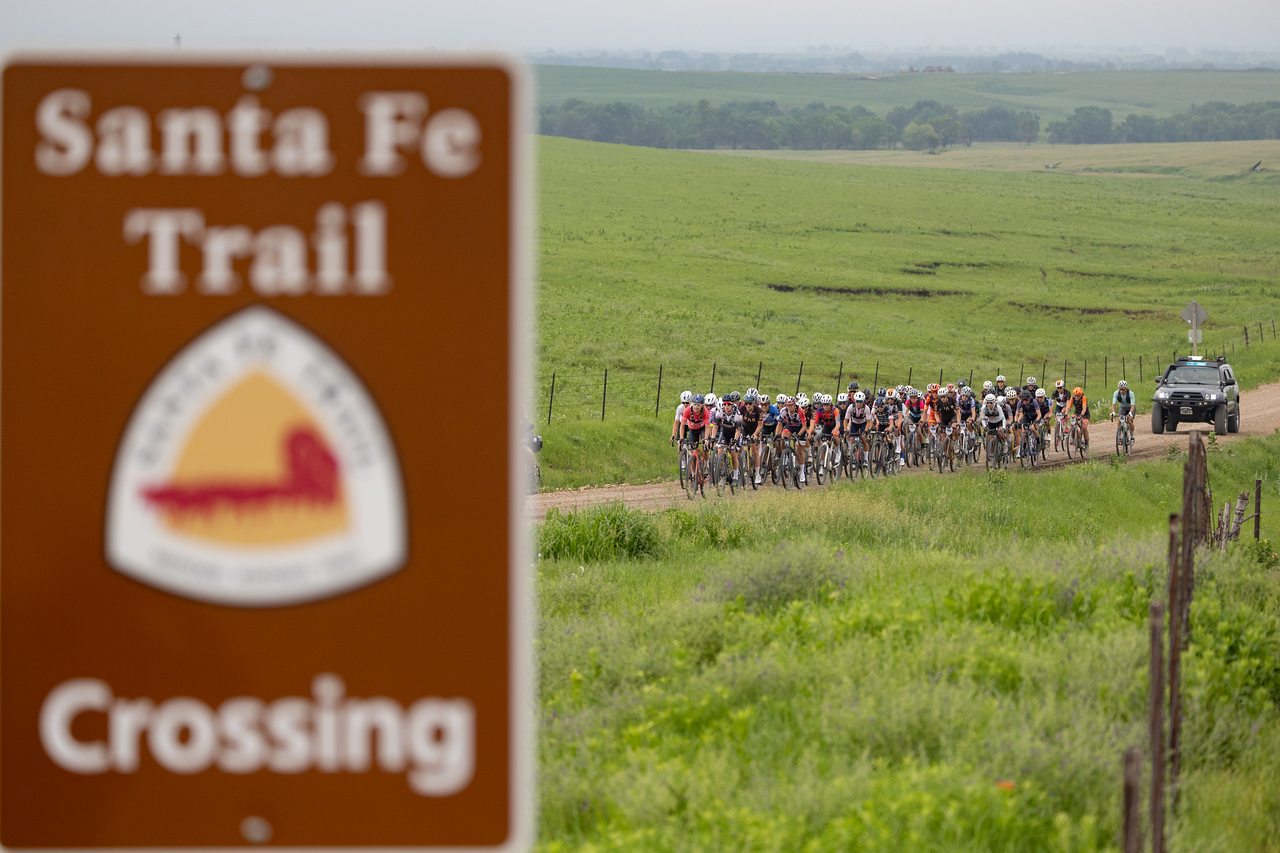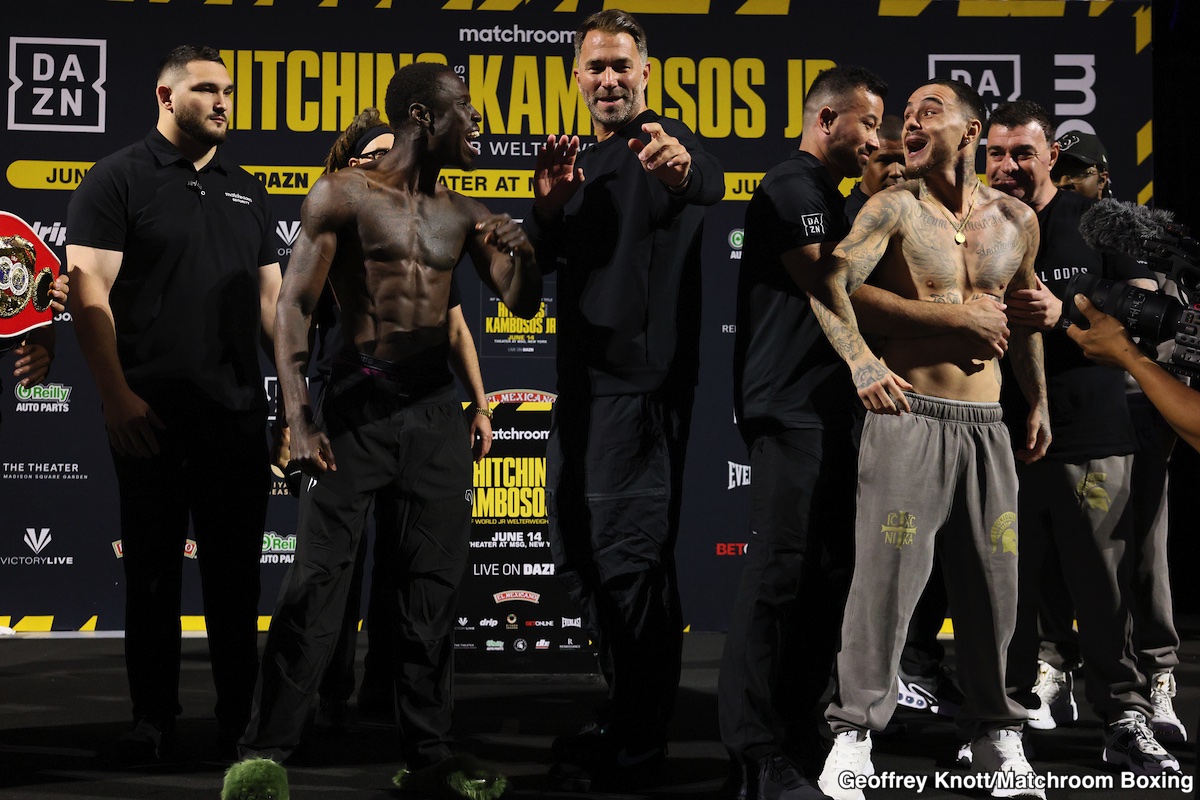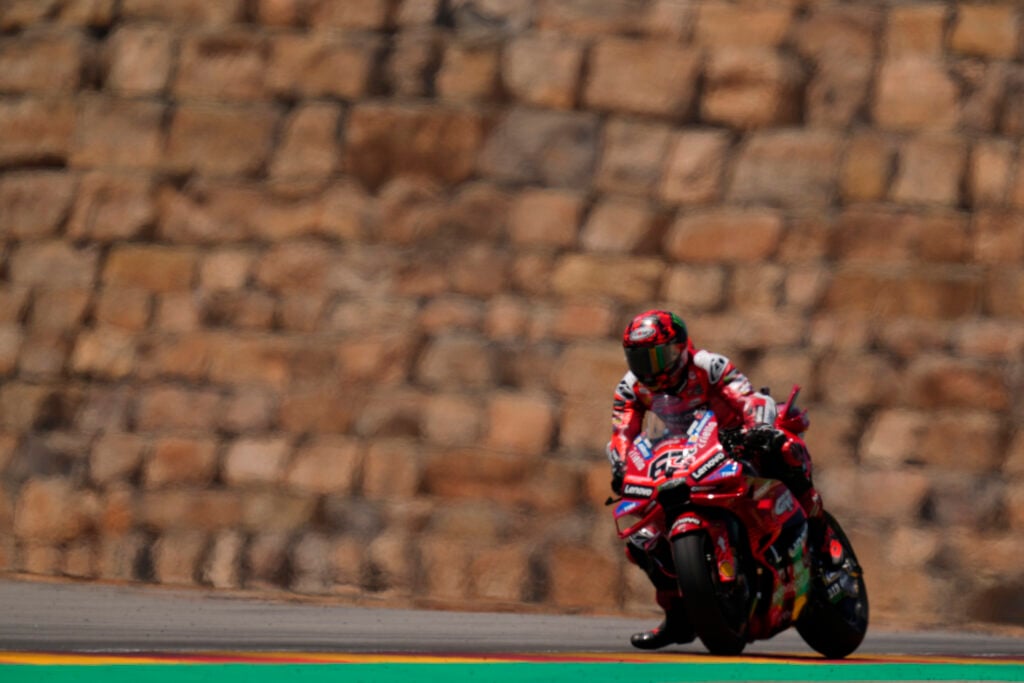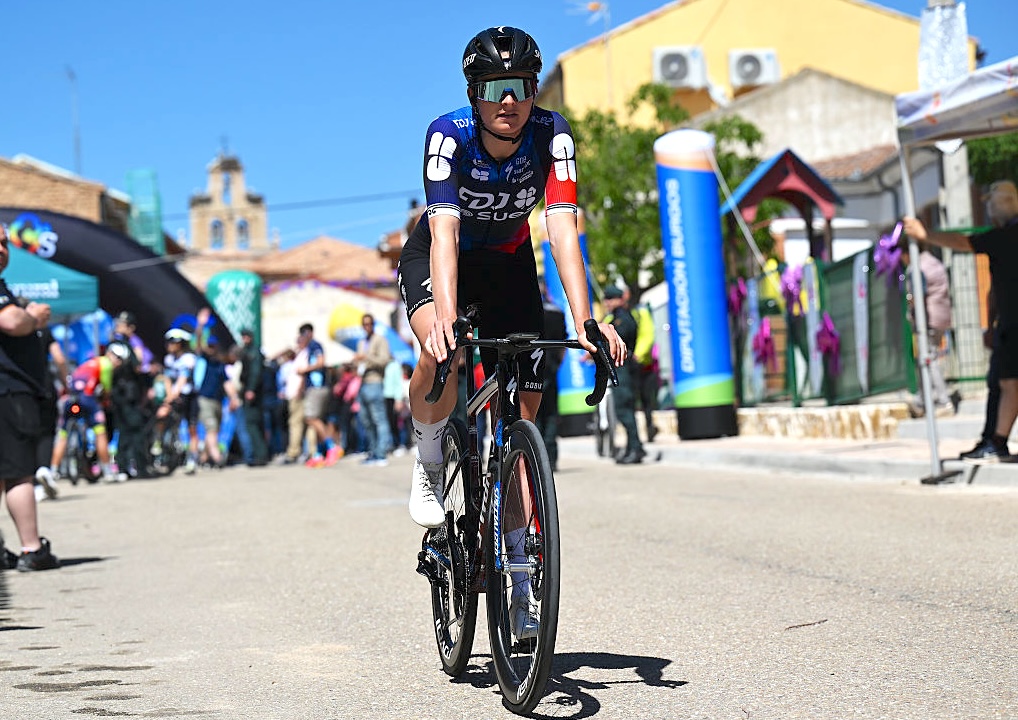Sean Zak
;)
Bryson DeChambeau reacts to a shot during the first round of the U.S. Open.
Getty Images
OAKMONT, Pa. — Welcome to the U.S. Open, where golf gets cranked to 11 and the scores don’t make sense. Shane Lowry needed a hole-out eagle to break 80. Thriston Lawrence made double bogey on 9, and said it gave him confidence. Bob MacIntyre played level par, and what did he call it? One of the 10 best rounds of his career.
And MacIntyre’s choice adjective for J.J. Spaun’s pace-setting 66?
“Unbelievable.”
The faces and voices in charge of U.S. Opens have a new mantra these days: get all 15 clubs dirty. “The 14 they hit and the one between their ears,” chief championships officer John Bodenhamer said. A good measurement of that was the downcast looks from players after they signed their scorecards. Dejection was the emotion of the day — more than usual.
Tommy Fleetwood looked like someone had just put his dog down, slowly slumping down the steps toward the parking lot, eyes fixed on the ground ahead of him. But his four over par tally had actually beaten the scoring average.
Bryson DeChambeau canned a 25-footer on 12 and let out a one-word scream as he walked away.
8 ‘Oakmont things’ pros are quickly learning at the U.S. Open
By:
Sean Zak
It wasn’t “Yes!” or “C’mon!” or even “finally!” It was, “F–k!”
DeChambeau had made a royal mess around the green and, even though he also beat the scoring average Thursday, was properly annoyed that he’d shot a score written in over-par black numbers. It doesn’t matter where you take them, pros just aren’t comfy with those two words — over par. The last time a PGA Tour event ended with an over-par winning score was pre-Covid. (Seven years ago at the Shinnecock U.S. Open.) To suddenly have to accept something so abnormal can be a trippy experience.
In other words, Oakmont is Oakmont-ing.
MacIntyre said his even-par tally was “almost as good as I’ve got.” Thomas Detry finished one stroke better, but said it took “some of the best golf that I’ve ever played.” Detry’s caddie, Lee Warne, said even some of the hole locations didn’t fit the Thursday mold they’re used to at a U.S. Open, highlighting four that “felt like Sunday pins.”
These scores might create a weird vibe for some, but they make sense for an Oakmont Open, nearly aligning exactly with the opening round from 2016. We had a surprising early leader nine years ago, Andrew Landry, who shot the same score as Spaun, 66. Dustin Johnson was able to maintain that number over four days, but just 18 holes of this week’s event has players imagining even (or over) par could get it done.
“You shoot four level-par rounds, you’re walking away with a medal and a trophy,” MacIntyre said.
Xander Schaufele felt the same. He wouldn’t wage a guess at the finishing score — “Not on Thursday, way too soon” — but he knows the course should be just as, if not more, difficult when they all come back Friday. Schauffele relayed to reporters what he told Spaun: “Incredible round. Nice playing. Good luck the rest of the way.”
In other words, there’s a lot of golf left. Spaun said it took one of his best putting days all year to shoot that special number.
There are myriad reasons why this course hosting this tournament ends up looking this way. The membership at Oakmont is famously interested in wearing the title belt for “toughest course in the world.” But also, the rest of the pro golf schedule sets pros up for three-over feeling so crushing. Prototypical PGA Tour courses would be challenging for amateurs, but for these guys soft, smooth greens, friendly fairways and manageable par-3s create relatively friendly scoring conditions. This week is different — and that difference is notable from early in the week.
A funny exchange took place on Tuesday afternoon. Collin Morikawa was asked — hesitantly, it’s worth noting — what he thought the winning score might end up being?
“I’m really bad at this,” Morikawa said, pausing to think, ultimately concluding with “single digits under par.”
It was a safe answer, and as he closed his press conference, he wondered aloud why he’d played it safe. What if he’d said 15 under? And was right? Or wrong? In other words — who cares? What do you get by waging a guess? Par is a construct of expectations, a way to make sense of real-time scores for television broadcasts and storytellers. It’s decided by other people, notably, not the guys playing.
But it has their attention nonetheless.
;)
Sean Zak
Golf.com Editor
Sean Zak is a senior writer and author of Searching in St. Andrews, which followed his travels in Scotland during the most pivotal summer in the game’s history.


;)











